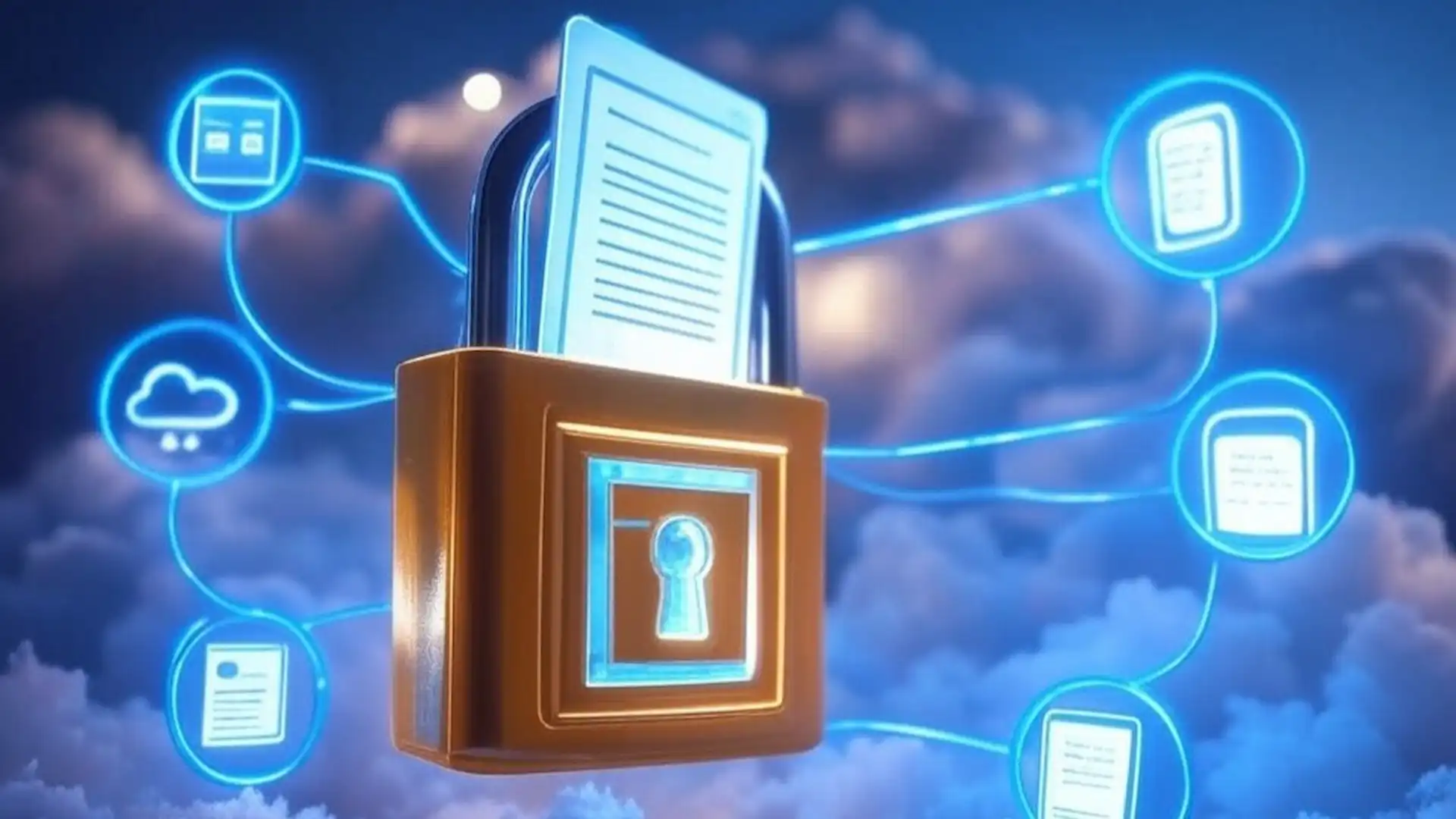Hot vs Cold Storage Options

When it comes to securing your cryptocurrency assets, one of the most fundamental decisions you’ll face is choosing between hot storage and cold storage solutions. This guide explores both storage types, their advantages and disadvantages, and how to implement an optimal strategy for your specific needs.
Understanding the Fundamental Difference
The terms "hot" and "cold" in cryptocurrency storage refer to one critical factor: internet connectivity.
Hot Storage Defined
Hot storage refers to any wallet or storage solution that is connected to the internet:
- Mobile wallet applications
- Desktop wallet software
- Web-based wallets
- Exchange accounts
- Browser extensions
Cold Storage Defined
Cold storage refers to any wallet or storage solution that keeps private keys entirely offline:
- Hardware wallets (specialized devices)
- Paper wallets (physical documents)
- Air-gapped computers (never connected to the internet)
- Metal seed phrase backups
Hot Storage: Options and Considerations
Hot storage options offer convenience and accessibility but come with inherent security tradeoffs.
Types of Hot Wallets
Mobile Wallets Mobile wallets are smartphone applications that store your crypto keys:
- Advantages: Extremely convenient, always with you, easy to use for daily transactions
- Best For: Small amounts, frequent transactions, day-to-day usage
- Advantages: Better user interface for managing multiple assets, more powerful features
- Best For: Active traders, those who prefer larger screens, managing diverse portfolios
- Advantages: Accessible from any device, no installation required
- Best For: Convenience-focused users, small holdings
- Advantages: Integrated with trading platforms, simple user experience
- Best For: Active trading, temporary holdings
Security Considerations for Hot Storage
Hot wallets face several security challenges:
- Malware Vulnerability: Devices connected to the internet may be infected with keyloggers
- Phishing Attacks: Users might be tricked into revealing credentials
- Centralized Risk: Exchange wallets add the risk of the exchange itself being compromised
Cold Storage: Options and Considerations
Cold storage options prioritize security through air-gapped approaches that keep private keys offline.
Types of Cold Storage
Hardware Wallets Hardware wallets are physical devices specifically designed to securely store cryptocurrency private keys:
- Advantages: Purpose-built security, ease of use relative to other cold storage options
- Popular Examples: Ledger Nano S/X, Trezor Model T, KeepKey
- Best For: Long-term investors, significant holdings, anyone prioritizing security
- Advantages: Completely offline, immune to software vulnerabilities
- Best For: Long-term cold storage, backup redundancy
- Advantages: Resistant to fire, water, and physical deterioration
- Best For: Disaster-proof backups of critical wallet recovery information
Security Considerations for Cold Storage
Even cold storage comes with certain risks to consider:
- Physical Security: Cold wallets can be physically stolen if not properly secured
- Disaster Vulnerability: Paper wallets can be destroyed by fire or water damage
- User Error: Complex setup procedures can lead to mistakes and lost funds
Building an Optimal Storage Strategy
For most cryptocurrency users, the best approach combines both hot and cold storage options.
The Tiered Storage Approach
Consider implementing a tiered strategy based on purpose and amount: Tier 1: Spending Wallet (Hot)
- Purpose: Day-to-day transactions, active trading
- Amount: Small amounts you can afford to lose
- Implementation: Mobile or desktop wallet on a secure device
- Purpose: Medium-term savings, significant holdings
- Amount: Larger amounts that aren’t needed immediately
- Implementation: Hardware wallet kept in a secure location
- Purpose: Long-term holdings, crypto "retirement accounts"
- Amount: Major investments intended for long-term holding
- Implementation: Multisignature setups, multiple hardware wallets, and/or metal backups stored in different secure locations
Common Mistakes to Avoid
When implementing your storage strategy, be careful to avoid these common pitfalls:
Hot Storage Mistakes
- Keeping large amounts on exchanges: Exchanges should not be used for long-term storage
- Neglecting 2FA: Two-factor authentication is essential for hot wallets
- Using SMS for 2FA: SMS is vulnerable to SIM swapping attacks; use authenticator apps instead
Cold Storage Mistakes
- No backup testing: Many users never verify their recovery process works
- Single point of failure: Storing your only seed phrase copy in one location
- Excessive complexity: Creating a system so complex you might lock yourself out
Conclusion
The choice between hot and cold storage is not simply binary—it’s about creating a balanced system that matches your needs, technical ability, and risk tolerance. For most cryptocurrency users, a combination of both approaches provides the optimal balance of security and usability. Remember that cryptocurrency storage is fundamentally different from traditional financial systems. There are no password resets or customer service departments that can recover lost accounts. The responsibility falls entirely on you to implement proper security practices.


